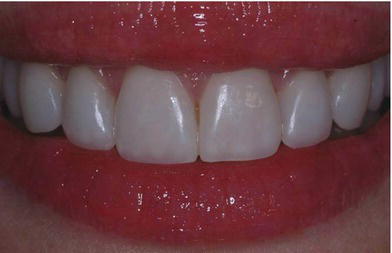1
Introduction
Each one of us has a different response to beauty, to esthetics, and to art. The accepted standard of “beauty” in individuals in any society today is subject to an incredible amount of influence, and to their ethnic, racial, and environmental surroundings. It is necessary to maintain a healthy balance between perfect appearance and a philosophy of life that includes physical and psychological factors (Gürel, 2008a).
These concepts evoke an emotional response that varies on a personal level, affecting us through the filter of our civilization, our society, our own experience, and our individual lives (Touati, 2008).
A recent study shows that two patients out of three declare that they have an esthetic need. It also shows that this demand is greater amongst women than amongst men, and that all socioeconomic strata, even the poorest, are represented (Zlowodzki et al., 2008).
Beauty varies with the criteria of time and fashion. Today’s facial beauty is based more on “make-up” than on natural beauty. However, in our generation, among the facial criteria of beauty, a perfect smile has become a major feature and offers many advantages for the person wearing the smile. The mouth is responsible for 60–70% of the visual perception of the face (Fig. 1.1).
A harmonious smile does not just come from beautiful lips. It cannot be conceived without a perfectly healthy gingival frame and well-aligned, healthy, natural teeth. Since the smile is a vital component of a beautiful face and there is a high patient demand for beauty, demands for smile enhancement with cosmetic restorations (Figs 1.2a–c), periodontal surgery (Figs 1.3a–c), or implant restorations (Figs 1.4a, b) continue to increase. This is why it is more correct to speak today about plastic peri-implant surgery, rather than just peri-implant surgery.
Cosmetics can give an impression of beauty, but it is a fleeting one. However, the creation of a beautiful smile, which cannot be washed off at the end of the day, is a more permanent proposition. The fundamental criteria of dentogingival esthetics are perfectly established and must be a part of the esthetic culture of every clinician. Clinicians in dentistry must, therefore, engage in more than just guesswork. They must adopt a scientific approach when analyzing dentogingival esthetic criteria, to establish the main alterations that are needed to their patients’ smiles before proposing orthodontic, surgical, and/or restorative solutions.
Figure 1.1 A young woman’s beautiful smile, with full lips, well-aligned teeth, and a harmonious gingival contour.

Figure 1.2 (a) Unpleasant-looking teeth with multipledecays and incisal edge abrasion. (b) A detailed view of four of the laminate veneers on the cast. (c) The laminateveneers 3 months later, with an opt/>
Stay updated, free dental videos. Join our Telegram channel

VIDEdental - Online dental courses


